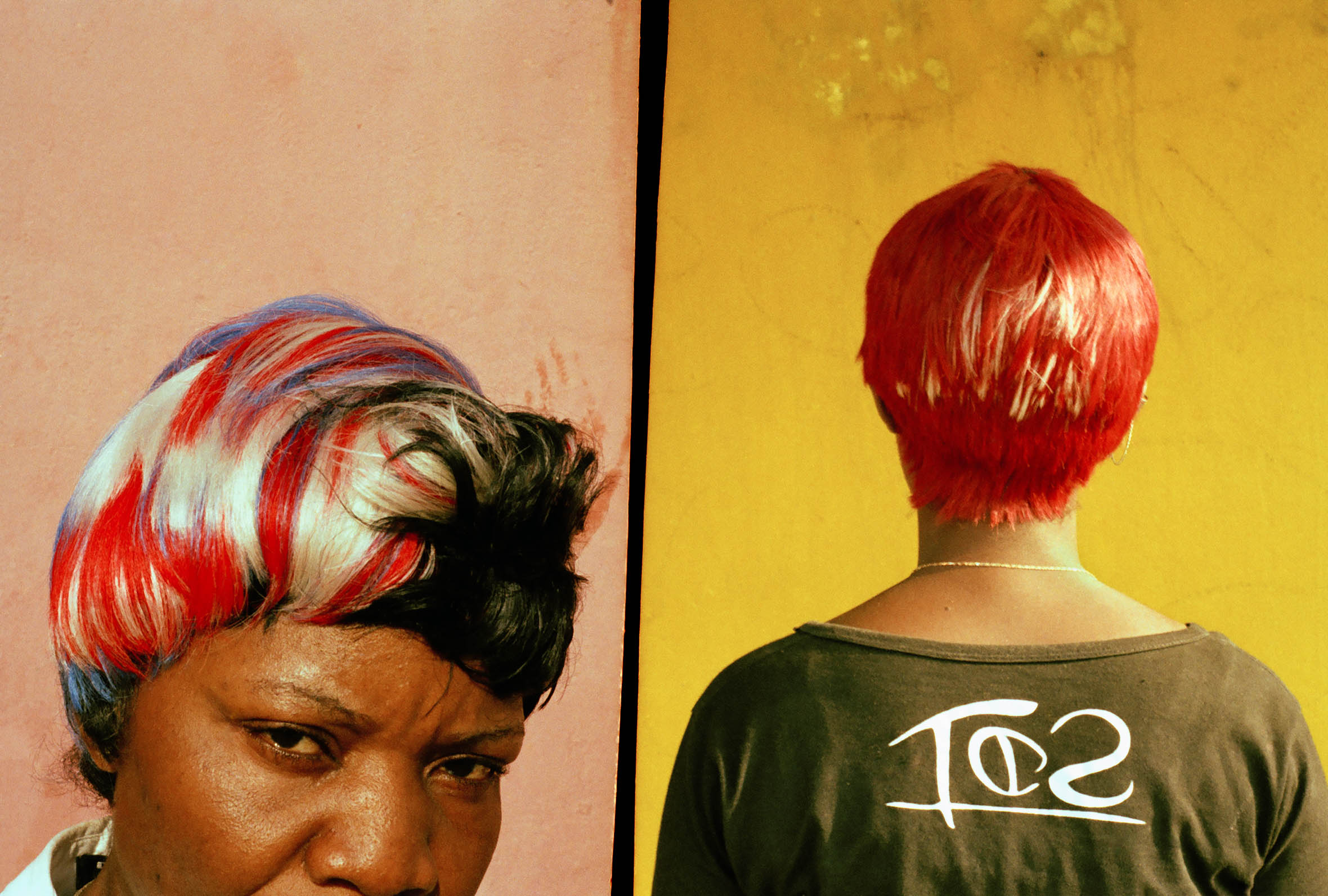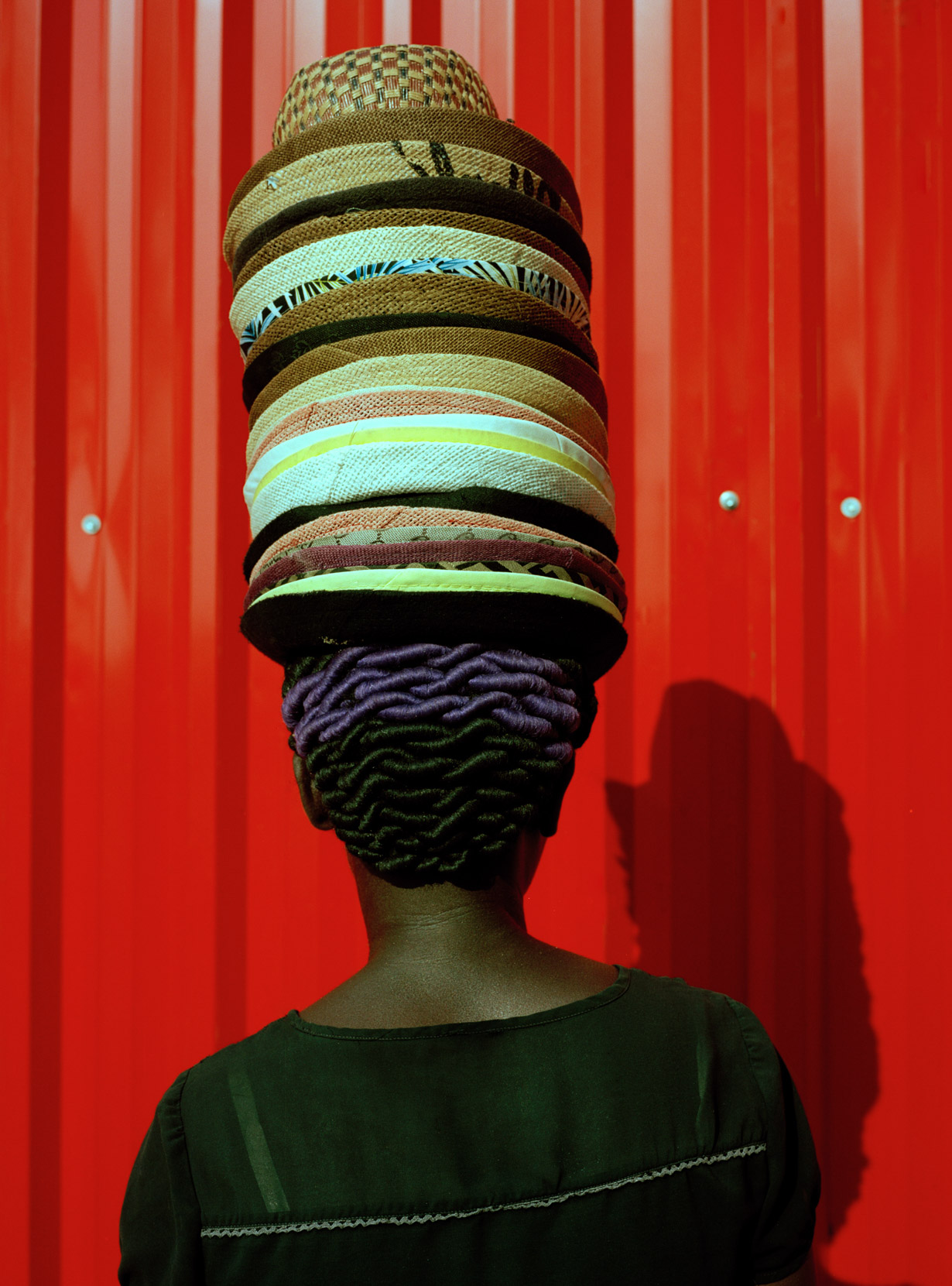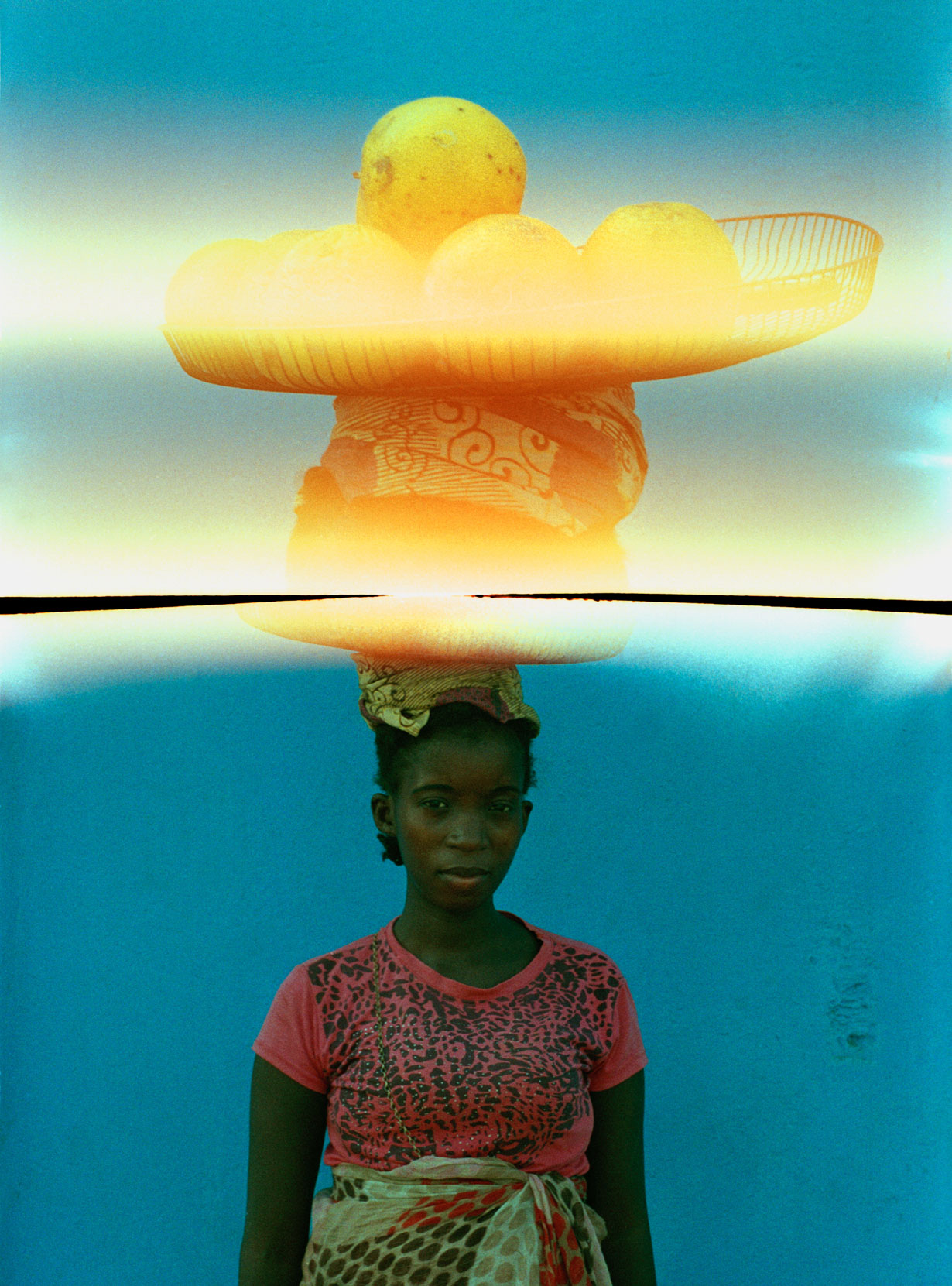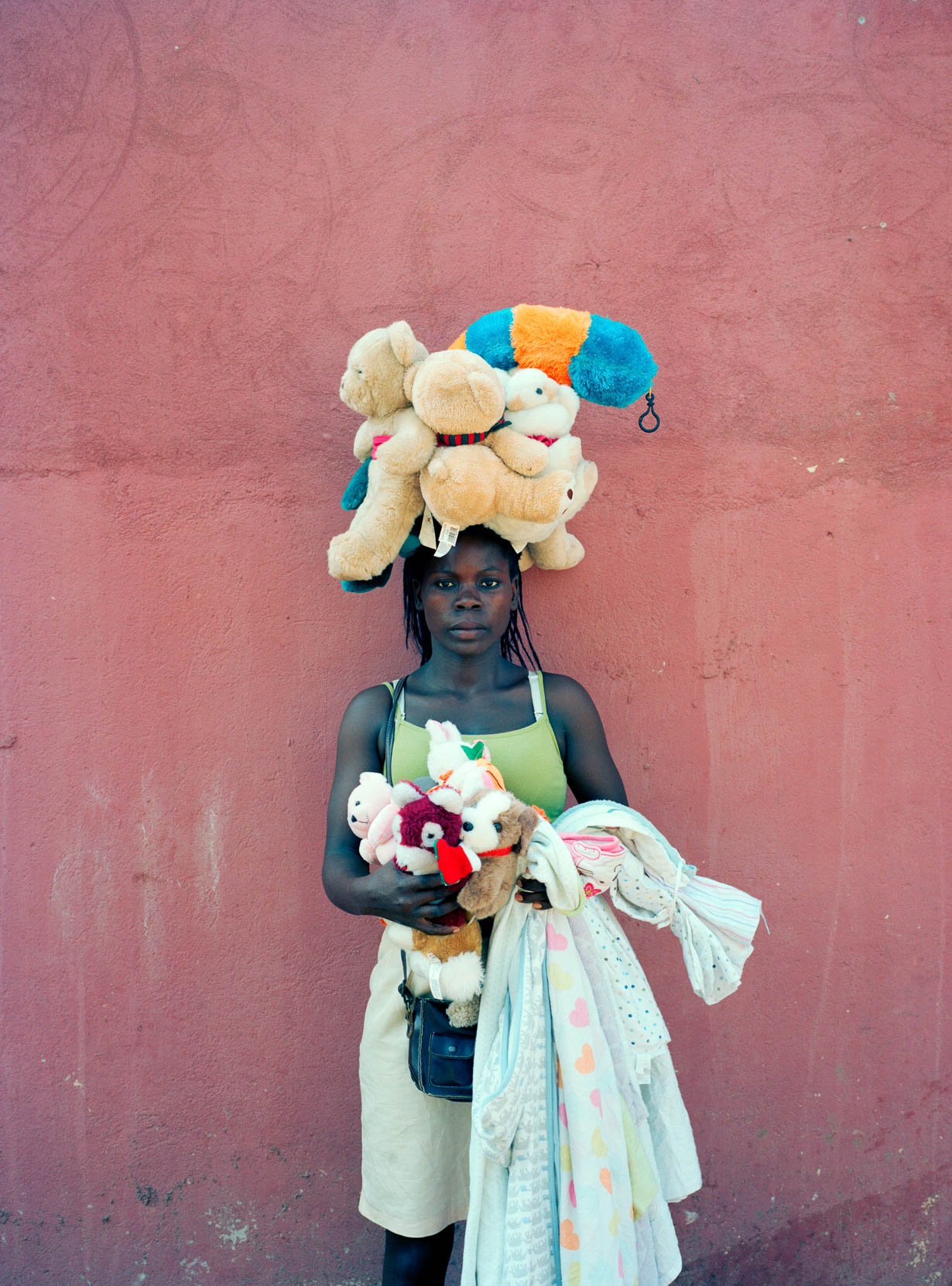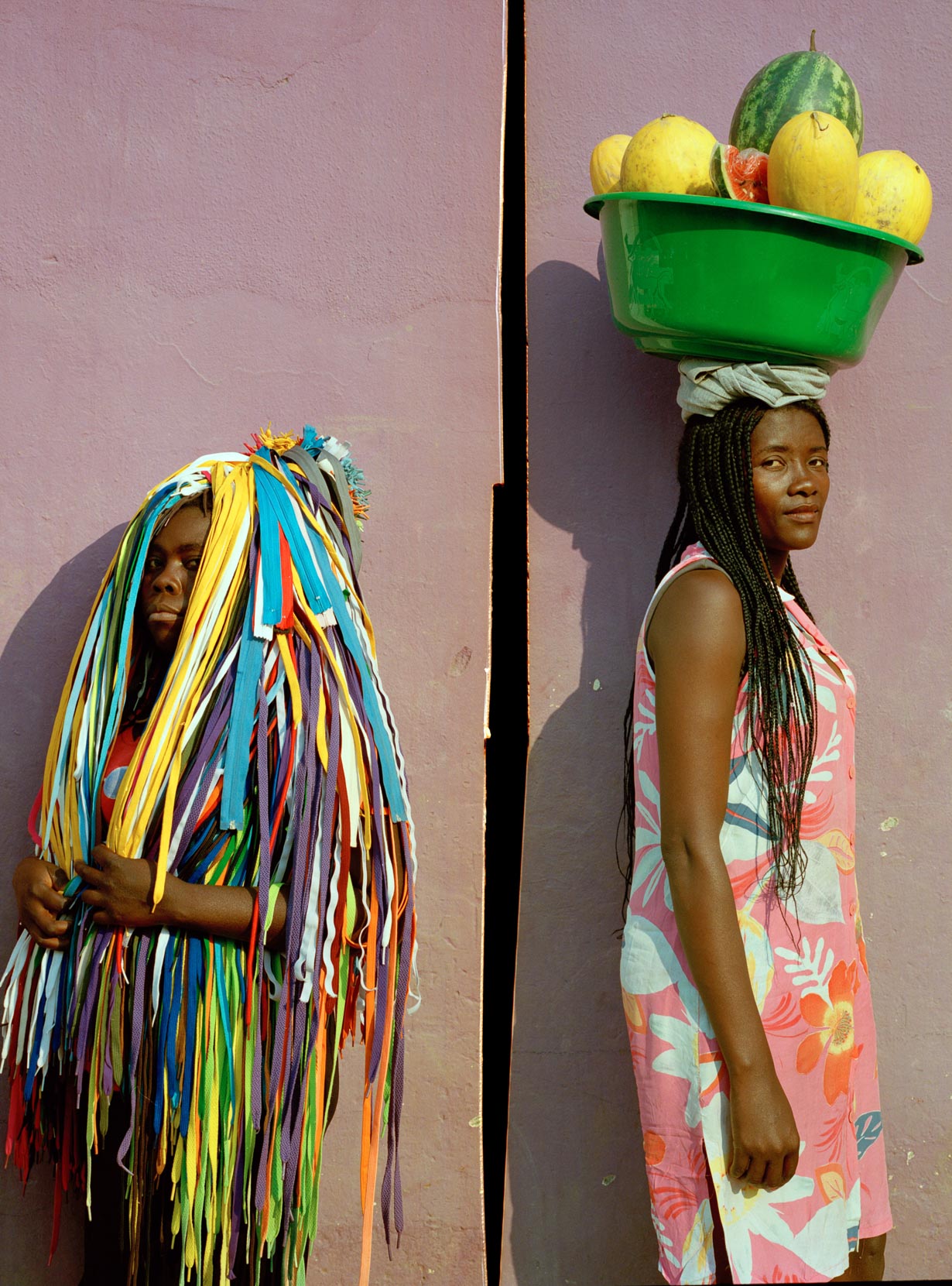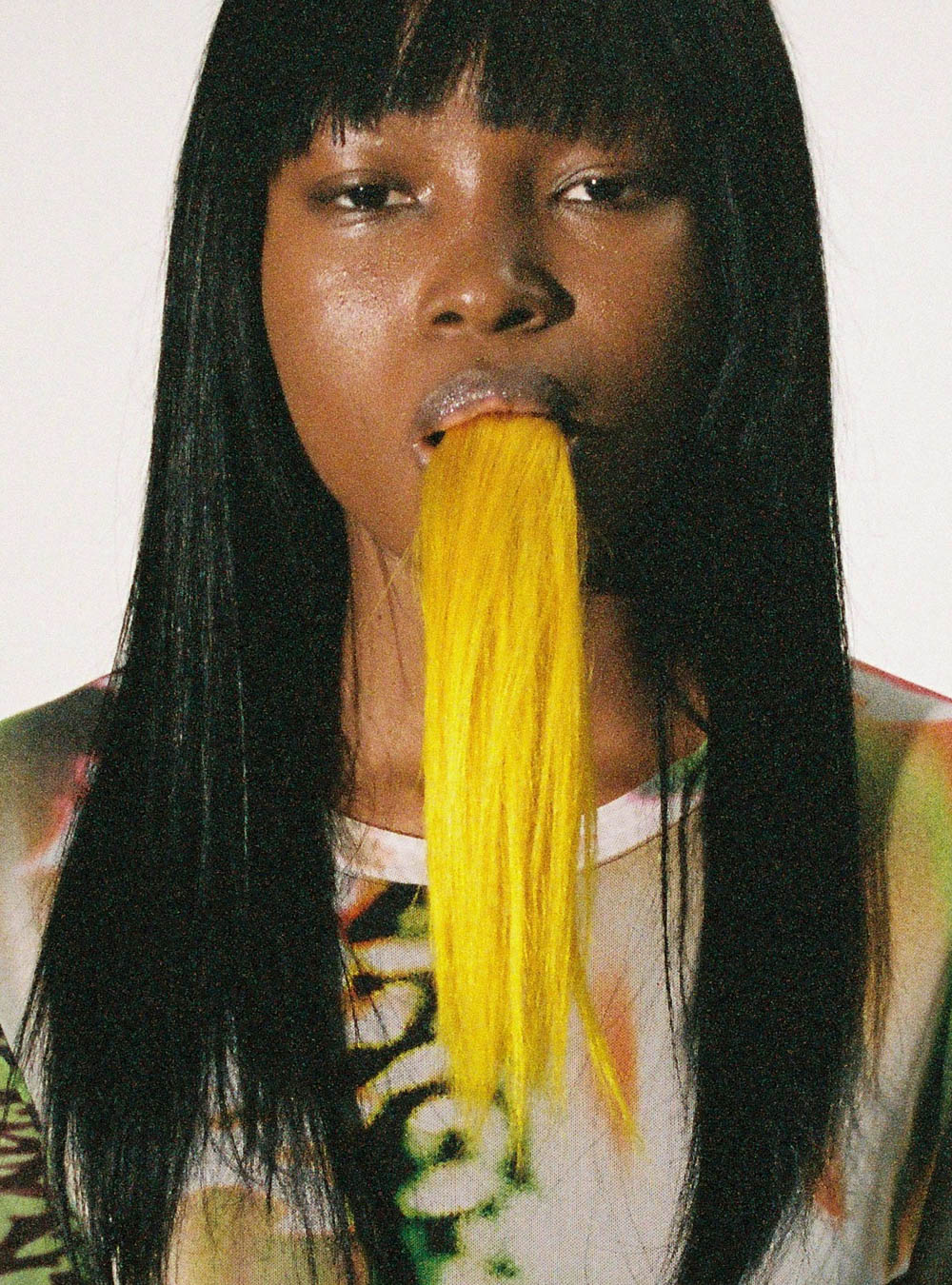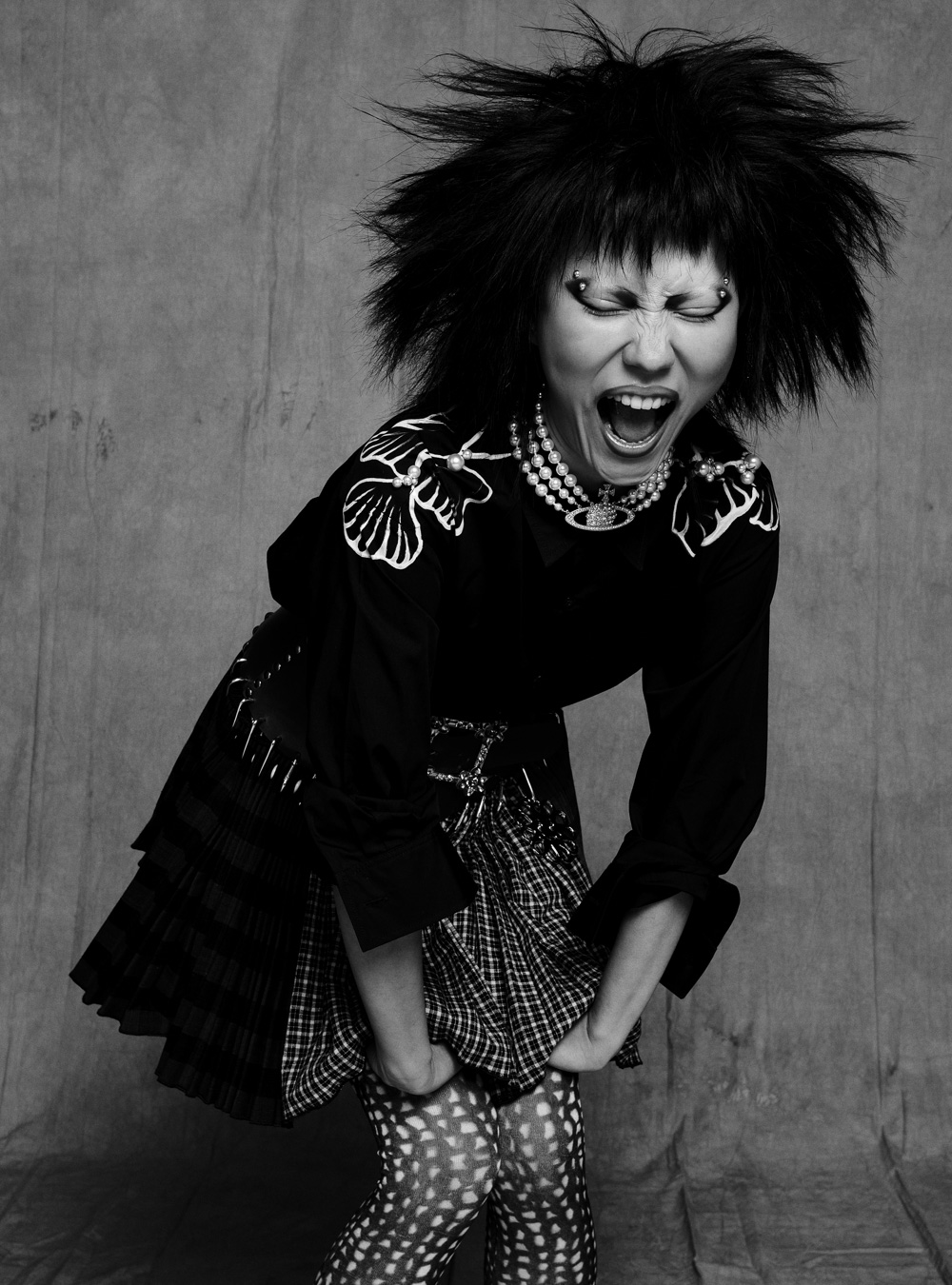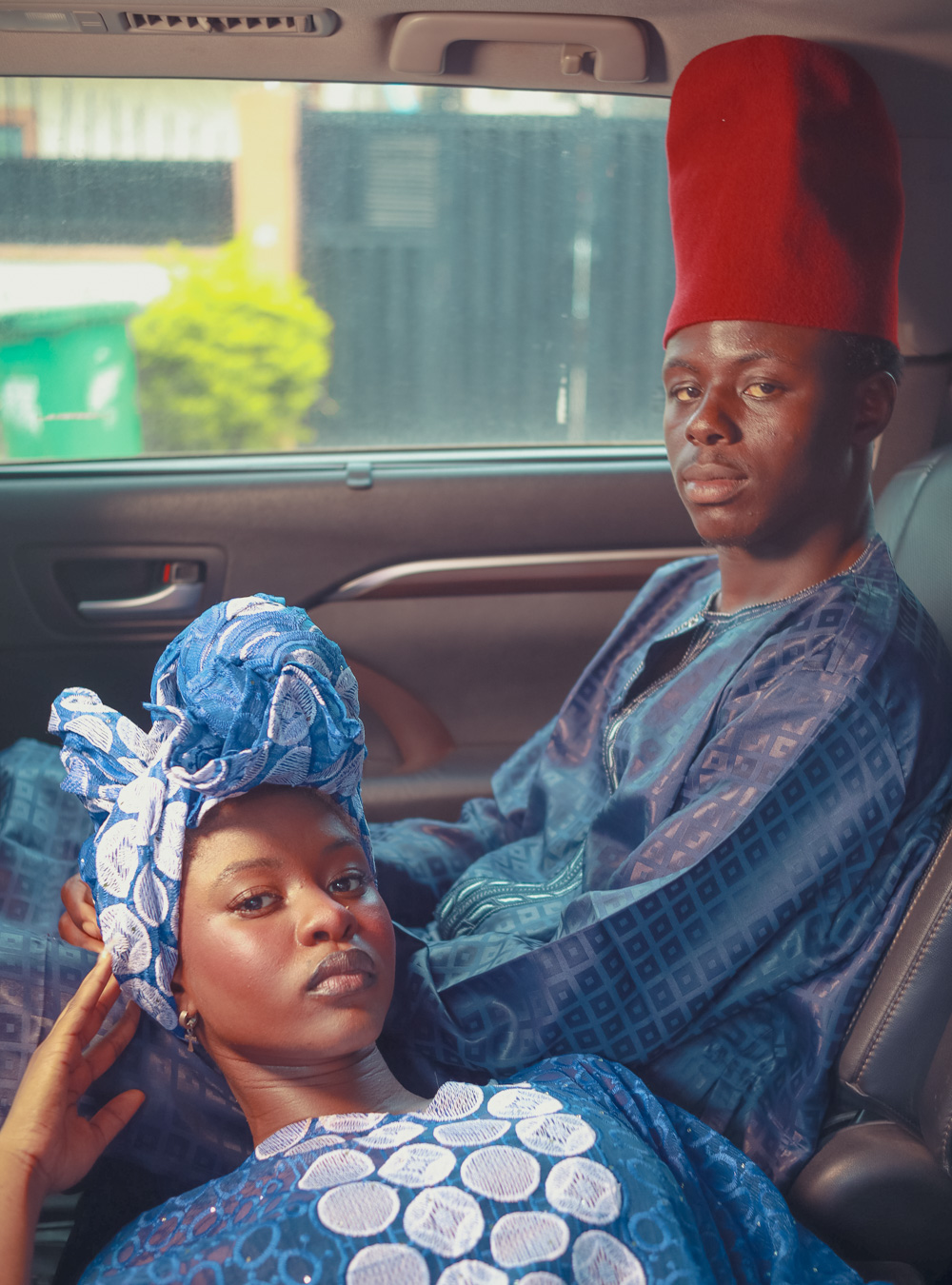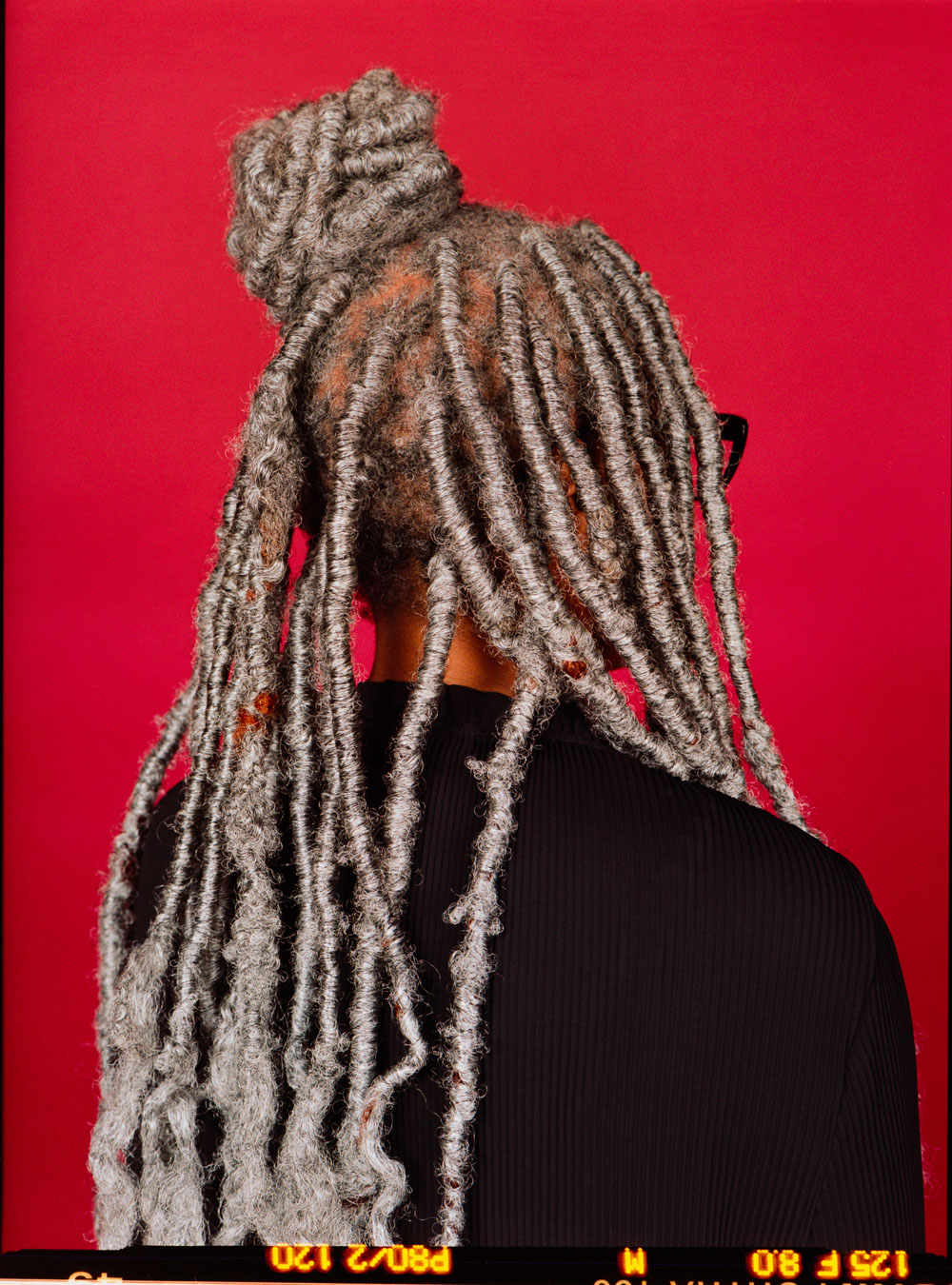- Blue is the Riskiest Colour
- Blue is the Riskiest Colour
- Blue is the Riskiest Colour
ART + CULTURE: Canadian-Haitian photographer Emilie Regnier documents an adventurous trip to Luanda
Images: Emilie Regnier
Words: Katharina Lina
Last summer Emilie Regnier was invited to Angola to do a 5-week residency with Ela Espaço Luanda Arte. She was as unfamiliar with the language as she was with the country, but after some deliberation she packed her bags and flew to Luanda. “The first feeling you have about a new place is very important. I walk out of the airport and someone was waiting for me with a name card. He took my suitcase, we exchanged salutations in my unspoken Portuguese and his non-existent English, and at that exact moment, I was like “what am I doing here?” My life is complicated enough without having to come to this unknown country, where I don’t speak the language and where I don’t understand any of the cultural cues…”
"I now am left wondering about the meaning of the unique aesthetics of this city; is all of this colour an act of resistance?”
After a few days she met a young photographer who agreed to become her translator. When they went to Kikolo market, Regnier spotted a beautiful blue wall which she instantly wanted to use as a backdrop. Soon enough the perfect subject walked by and agreed to pose for the project, when two armed men suddenly appeared and ordered Regnier to follow them. “Turns out I was photographing a police station, an act that is highly forbidden in this country that went through 27 years of civil war. Blue is my favourite colour, and in Angola it is also the colour of every police station.”
The policemen asked Regnier to call for her driver and then told her to get inside and drive to another police station, when eight policemen armed with assault rifles followed her into the car. “I felt like a real criminal, squeezed on the back seat between Kalashnikovs.” Scared by the guns and unable to gauge the severity of her offence, she started sending frantic messages to a friend in France who would be assigned to work on her release if she were to end up in jail. Once they arrived at the second police station, her film was damaged when an officer didn’t understand that she was not using a digital camera and opened the back. Other than that, she was released almost instantly; as for the armed men in the car, they just happened to need a free ride.
After overcoming the initial anxiety that followed in the next couple of days, Regnier went back into the streets of Luanda and started photographing the Zungueiras (women street sellers). “I now am left wondering about the meaning of the unique aesthetics of this city; is all of this colour an act of resistance? A way to conjugate the brutal colonial history, the civil war, the raging capitalism and the most recent economic crisis? Or is Luanda a constant dancing soul?”
- ANTHROPOLOGY OF HAIR
- ANTHROPOLOGY OF HAIR
- ANTHROPOLOGY OF HAIR
- ANTHROPOLOGY OF HAIR
- ANTHROPOLOGY OF HAIR
